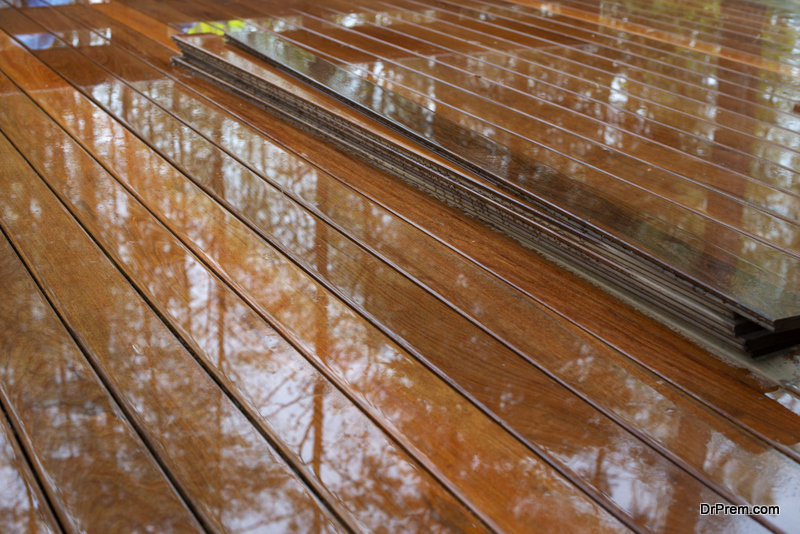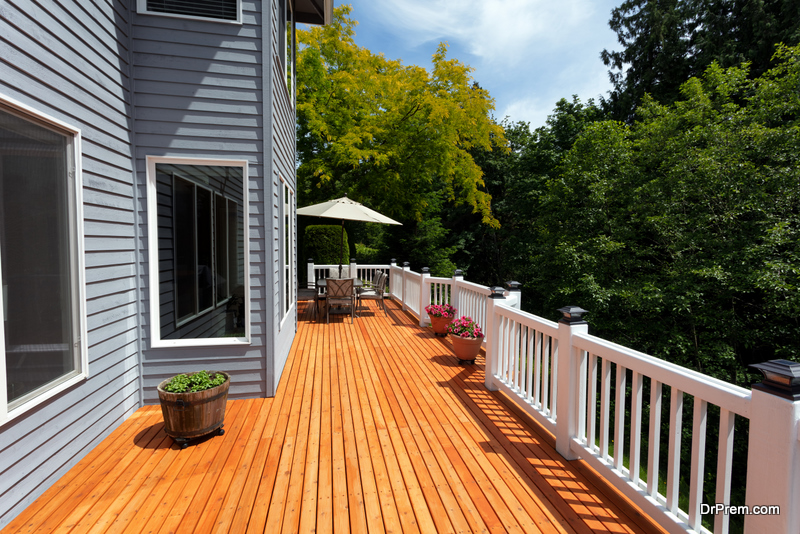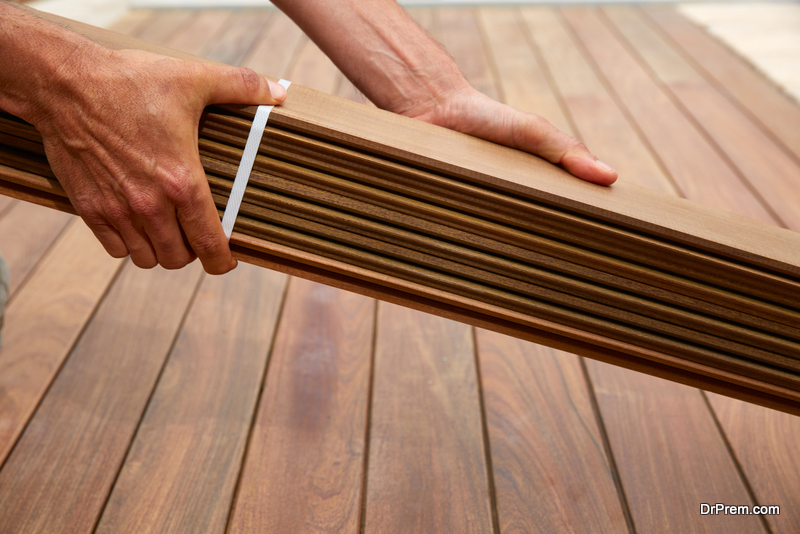IPE decking is durable and attractive to the eye, making it the best quality decking available currently on the market. However, IPE decking can have multiple issues that could lead to costly repairs. Of course, as with everything else, there are solutions available for every problem.
The material for IPE decking is the most durable and most resistant to mold and rot. So, the question that arises is the following: how can someone take care of their IPE decking so it can last a lifetime? With this specific article, we will attempt to cover the most common problems you can experience with your IPE decking. Solutions are also offered so you can find out how to extend the life of your IPE decking.
Most common issues with IPE decking
1. Improper acclimatization problems

This is a very common problem that all wooden decking can experience. IPE decking must be able to adapt to conditions present outdoors. If you take good care of it, the likelihood of the decking splitting or separating over time will most likely increase.
IPE is stronger than redwood or cedar. IPE is more tolerant towards temperature changes and can withstand weather conditions more than any other material. Generally speaking, IPE is able to withstand high levels of humidity, dry climates as well as excessive humidity, provided, of course, it has the time to adjust to its new environment and surroundings.
2. Excessive movement
Good air circulation is crucial for the maintenance of your decking. Wood needs airflow to allow it to breathe and prevent moisture buildup. Your IPE decking will most likely start to deteriorate and warp if it is not supplied with enough air.
Even though, IPE wood is more dense, it can still move every time changes in temperature and humidity occur. Such issues can cause buckling, gapping or coupling preventing, thus, the airflow from becoming uneven on all sides.
A solution of this is properly oiling and sealing all four sides of your boards. You can also build a slope under your decking to allow for drainage and ventilation. You can place, also, the floor at an angle to your house so as water not to pool underneath the decking. You can easily test this with a hose.
3. Staining and sealing

Dark spots to your decking can be caused by sap, pollen and leaves that would be left on the surface of your decking. Such similar effects can be reduced by regularly cleaning your decking and patio. Just make sure that afterwards you rinse it well.
Furthermore, high levels of sun exposure can cause discoloration. In order to reduce the damage that is caused by UV rays, you can apply UV protection to your decking. You can also protect the finish of your decking by sealing or oiling it.
Generally speaking, IPE decking may be the most durable available on the market but this does not mean that it is immune to all type of damage.
Article Submitted By Community Writer




